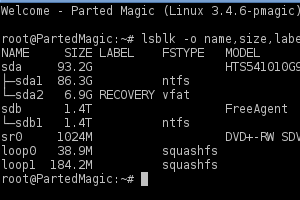- Registriert
- 30 Juli 2009
- Beiträge
- 5.726
Hallo zusammen,
da der Thread "Alles was zu kurz für einen eigenen Thread ist" immer mehr zur Mitteilungsplattform für allen möglichen Unsinnn wurde (Kostprobe der letzten Wochen: "Boeing 747 von Iron Maiden beschädigt", "Erfinder der E-Mail gestorben", "Samsung Galaxy wird im folgenden Livestream vorgestellt"), ist er geschlossen worden.
Hier findet Ihr einen neuen Thread, in dem folgende Regeln gelten:
- Nur Fragen, keine "Feststellungen", Ankündigungen, kein Gelaber
- Auf Fragen beschränken, die sich voraussichtlich in wenigen Beiträgen beantworten lassen
- Mitteilungen, Feststellungen, Erkenntnisse und sonstige Beiträge, die weder hier noch in eines der "Themen"-Unterforen passen, können bei Facebook oder auf der eigenen Homepage gepostet werden
- Die Moderatoren behalten sich vor, nicht zum Thema passende Beiträge zu entsorgen und etwas umfangreicher gewordene "Frage - Antworten - Kombinationen" in einen eigenen Thread zu verschieben
Grüße
vom Phil
da der Thread "Alles was zu kurz für einen eigenen Thread ist" immer mehr zur Mitteilungsplattform für allen möglichen Unsinnn wurde (Kostprobe der letzten Wochen: "Boeing 747 von Iron Maiden beschädigt", "Erfinder der E-Mail gestorben", "Samsung Galaxy wird im folgenden Livestream vorgestellt"), ist er geschlossen worden.
Hier findet Ihr einen neuen Thread, in dem folgende Regeln gelten:
- Nur Fragen, keine "Feststellungen", Ankündigungen, kein Gelaber
- Auf Fragen beschränken, die sich voraussichtlich in wenigen Beiträgen beantworten lassen
- Mitteilungen, Feststellungen, Erkenntnisse und sonstige Beiträge, die weder hier noch in eines der "Themen"-Unterforen passen, können bei Facebook oder auf der eigenen Homepage gepostet werden
- Die Moderatoren behalten sich vor, nicht zum Thema passende Beiträge zu entsorgen und etwas umfangreicher gewordene "Frage - Antworten - Kombinationen" in einen eigenen Thread zu verschieben
Grüße
vom Phil
Zuletzt bearbeitet von einem Moderator:










